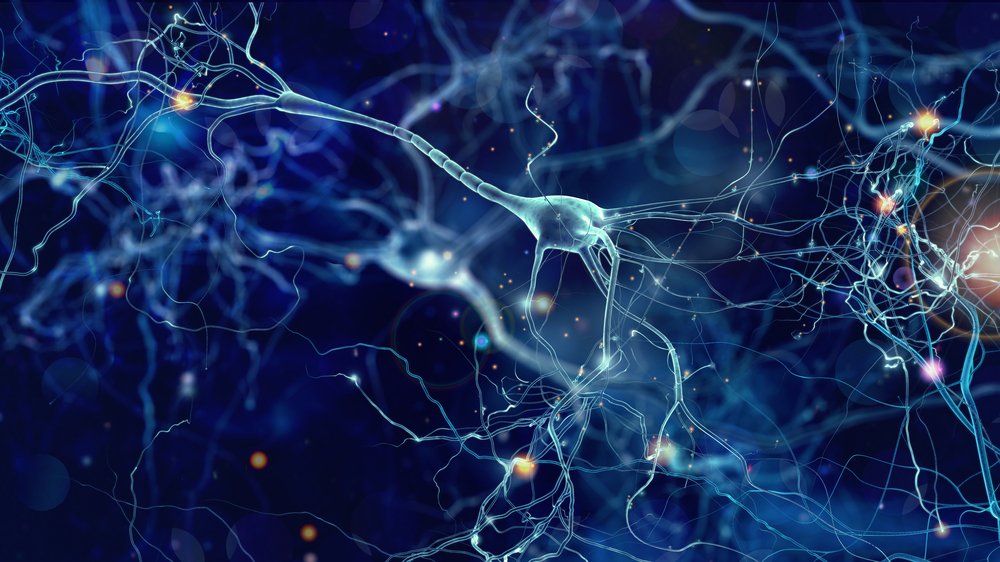Researchers Find Natural Mechanism to Prevent Harmful Protein Clumping Linked to ALS

Researchers have discovered a natural mechanism that can help prevent the formation of harmful protein clumps that contribute to the development of amyotrophic lateral sclerosis (ALS), according to results of a new study. They also gained new insights into the formation of the protein clumps known as TDP-43 protein aggregates that could aid in the creation of potential future treatments.
The study, titled “Acetylation-induced TDP-43 pathology is suppressed by an HSF1-dependent chaperone program,” was published in the journal Nature Communications.
TDP-43 is one of the proteins controlling gene expression and protein production in neurons. When the protein clumps together, it blocks its activity, which has a negative impact on the normal functioning of these crucial brain cells.
Indeed, TDP-43 clumps are known to play a role in the development of ALS, also known as Lou Gehrig’s disease, and sporadic inclusion body myositis (sIBM), a disease marked by muscle weakness caused by neuron death. However, researchers did not know exactly what underlying mechanisms were behind the formation of these clumps.
In this latest study, researchers from University of North Carolina School of Medicine and North Carolina State University found a natural way to reverse TDP-43 clumping in muscle cells and prevent muscle weakness in mice with sIBM.
“We suspect that getting rid of this abnormal TDP-43 clumping could be a potential therapy for these diseases,” Todd J. Cohen, PhD and study’s senior researcher, said in a news release. “In principle, we think this reversal of clumping could be achieved by taking an injectable or oral medication. Though, we caution, that’s still a long way off. The research community still has much more work to do.”
Cohen’s team knew that TDP-43 is the target of one mechanism that “switches” proteins on and off, called acetylation. Once acetylated, TDP-43 loses its function and starts aggregating. The same mechanism was observed in spinal motor neurons from ALS patients.
“It could be that acetylation of TDP-43 normally functions as a ‘switch’ that controls TDP-43’s ability to bind to its targets – DNA and RNA,” Cohen said.
In the new study, the team used mice to further investigate the acetylation of TDP-43 and its impact in the development of sIBM. They found that by promoting acetylation, they triggered TDP-43 aggregation, faulty mitochondria activity (the cell’s powerhouse), and inflammatory responses in muscle cells, similar to what is seen in patients with sIBM.
“I tend to see sIBM and ALS as resulting from essentially the same TDP-43-related pathological process – the clumping effect – but in different cell types,” Cohen said. “The advantage of studying sIBM is that muscle cells are much more accessible than are motor neurons, which are affected in ALS.”
Importantly, they found that promoting the activity of another protein, called heat shock factor 1 (HSF1), reversed aggregation and improved muscle weakness in mice.
“Ideally we would give someone with sIBM a drug that boosts these anti-aggregation systems, and the result would be the removal of the TDP-43 aggregates and the eventual recovery of muscle function,” Cohen said. “We hope and suspect that a similar approach would work for neurons in ALS, too.”






